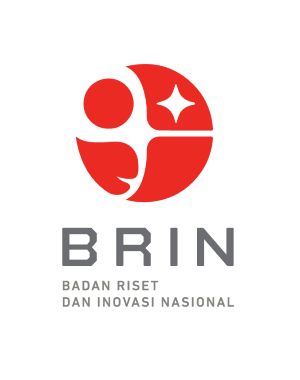KARAKTERISTIK MIKROPLASTIK PADA SUMBER AIR BAKU DAN SEDIMEN TAMBAK GARAM DI PAMEKASAN DENGAN METODE FT-IR
DOI:
https://doi.org/10.33096/joint-fish.v8i1.572Keywords:
Mikroplastik, Air Baku Garam, Sedimen, FT-IR, PamekasanAbstract
Plastic in the aquatic environment poses a new problem, namely microplastics. Microplastics are widespread in marine waters and sediments. Seawater has been widely used by humans, one of which is as raw water for making salt, but the presence of microplastics in marine waters is feared to affect the quality of salt production. The aim of this study was to analyze water quality and identify the quantity and type of microplastic polymers in raw water sources of salt ponds and sediments in Pamekasan. Water quality data for pH, temperature, and DO in Pamekasan salt ponds were in the ranges of 7.5 ± 0.02 - 7.8 ± 0.02; 29.3 ± 0.03 - 31.9 ± 0.09 °C; 6.83 ± 0.26 - 9.42 ± 0.21 mg/L. Microplastics found in salt pond raw water reached 2.06-3.32 particles / L. Microplastics found in sediments were 2,65 ± 0,14 partikel/L and 0,82 ± 0,02 particles/gram. The forms of microplastics found are fibers, fragments, and films. The microplastics in water and sediments influence as much as 44,58% or quite significantly. The types of polymers found in the samples are Polypropylene (PP), Polyethylene (PE), Polyamide (PA), and Low-Density Polyethylene (LDPE).













